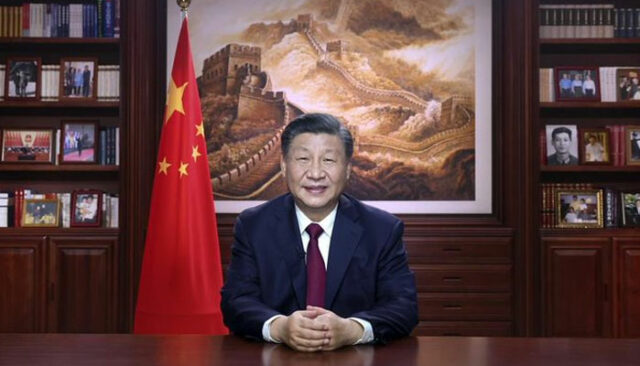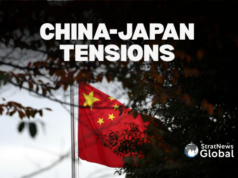NEW DELHI: Earlier this month as China celebrated the Lunar New Year, local media spotlighted the millions of dollars paid out in digital currency to promote consumption. The city of Shenzhen alone doled out more than $14 million dollars worth of digital yuan to help the catering industry. According to the China Daily, Hangzhou, the fourth largest city, issued each resident 80 e-yuan vouchers (the equivalent of $12) to spend as they pleased. Total cost to the government was nearly $600,000.
The aim was clear: to boost the use of the digital currency launched two years ago. Former executives of the People’s Bank of China have been quoted as admitting that usage of the digital yuan has been “low and inactive.” Whether the giveaways (that come at a cost at a time of economic downturn) will boost the e-yuan is not certain, but Beijing’s mandarins are clear that this is the way to go.
In June last year, the People’s Bank of China announced regional trade agreements with its counterparts in Singapore, Malaysia and Indonesia. Each central bank agreed to acquire a designated amount of the other country’s currency whereby large-scale payments can be made. This was driven by the fear of US monetary policy determining the dollar value. Laos, Cambodia and Myanmar wish to trade with Russia but fear secondary sanctions. There was also the point mentioned above: the increasing inefficiency of using the dollar to make large-scale payments. It is here that experts point out that China’s use of the yuan or more specifically the “digital yuan” becomes more attractive.
As Heng Wang, Professor at Singapore Management University points out, a common digital currency can be a useful way to trade. “The current geopolitical scenario will certainly push these countries towards alternatives and here China has an advantage because it is the leading trading partner to many countries in the world and secondly it has pushed the “digital yuan” well before other countries who have promoted it. A “digital yuan” will certainly be advantageous because it will be faster, involve no transaction fees, and given that it is guaranteed by China’s central bank, will be an attractive option to consider especially when involving large payments.”
Bu he also believes it will be tricky. “Users will have to share a lot more data which can be cumbersome because of national security requirements in different countries which are made more complicated by the fact there are different data protection and privacy protection laws in different countries. Technology glitches and convincing the public to adopt the new currency may be a challenge for central banks.”
Despite these hurdles, digital currency is likely to be the way forward. The speed of transactions and the fact that they are guaranteed by central banks means that a sanctions-hit country like Russia could, through the “digital yuan”, circumvent the ban on the use of international credit cards too like Visa. It also makes for transparency, ensuring terror financing can be more easily detected.
The IMF has estimated that 100 countries are at various stages of exploring the digital currency option. Nigeria’s eNaira went into circulation in 2021 while India launched the digital rupee in December 1, 2022.
While the potential of digital currency is high experts caution that the technology is still at a very nascent stage and countries will still need to take a number of other intermediate steps before they can truly begin to start being independent of the US.
Trade expert Suranjali Tandon of the NIPFP think tank, says that, “The dominance of the dollar has been called into question after the Russia-Ukraine war that has pushed many countries to explore bilateral settlement of trade related transactions. For this to gain momentum it would be necessary that large trading and investing economies accept other currencies. The regional currency therefore creates a buffer against exchange rate volatility vis a vis the US dollar. Member countries would be able to better withstand the shocks to exchange rates under a currency union than individually. To that extent, the union can improve the region’s economic position globally.”
But analysts warn that such activities are at a nascent stage with the dollar remaining the world’s premier currency among the world’s central banks. Around 60% of their foreign exchange reserves are in dollars. Even today, 90% of interregional trade in east and Southeast Asia takes place in dollars.
Traveller, bibliophile and wordsmith with a yen for international relations. A journalist and budding author of short fiction, life is a daily struggle to uncover the latest breaking story while attempting to be Hemingway in the self-same time. Focussed especially on Europe and West Asia, discussing Brexit, the Iran crisis and all matters related is a passion that endures to this day. Believes firmly that life without the written word is a life best not lived. That’s me, Ashwin Ahmad.





